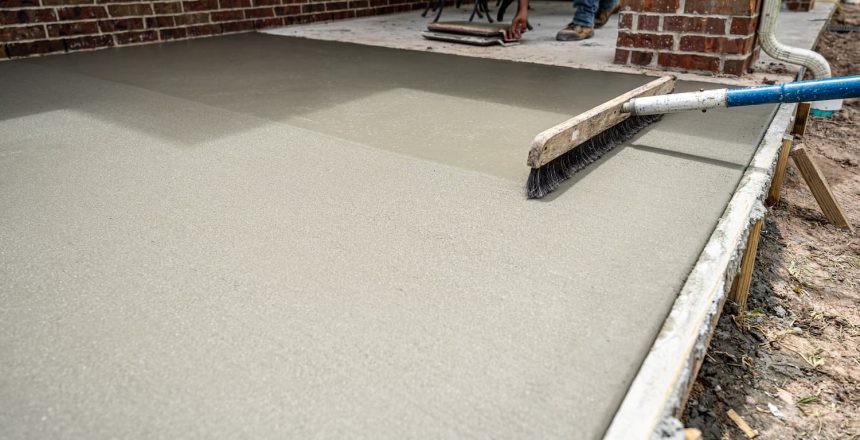Content Summary
- Here are the best ways to extend the life of masonry and concrete surfaces.
- Even if you see some signs of wear and tear on concrete surfaces in your property, it’s not too late to make adjustments.
- Repairing cracks, filling them in with fresh concrete, and then applying a sealant to the surface can remedy the situation.
- Brick and mortar structures can easily last centuries, but the secret is to carry out timely repairs and to protect them from wear and tear as much as possible.
Take Care of Your Hard Surfaces
Concrete and masonry are tough, but they aren’t invincible. Without good care and the right protective measure, they are bound to get damaged, eventually. If this is a critical component of your structure, such as the foundations or the roof, this can be a serious safety hazard and also very expensive to fix.
The best approach is to take preventive care that will extend the life of your masonry and save you from the stress and expense of repairs. Here are the best ways to extend the life of masonry and concrete surfaces.
Cleaning
Keeping masonry clean goes a long way in keeping it in good condition. Liquids with corrosive elements (salt water, for example), solids with abrasive elements, and even regular dirt and debris increase the wear and tear on the concrete surface. Eventually, this will lead to cracks, chips, tears, and unstable concrete. This will speed up the rate at which it deteriorates, and soon you will need major repair work done.
A simple solution is to keep the surface clean. This can be done with a broom and brush, or you could use a mild cleaner to get rid of things like stains and oils. If you are using something like a degreasing liquid, you don’t want to leave this on for too long.
Sealants
Concrete on the exterior of a building takes a lot of abuse from the elements, animals, and humans. One of the most harmful things is water, whether that is as a nearby sprinkler, rain, or snow. Since masonry is porous, it slowly soaks up the water, swells, and eventually cracks or breaks.
Here, you want to use a good quality sealant to make the exposed surface of the concrete waterproof. Sometimes, you may want a sealant that protects the concrete from heat, dust, harmful chemicals, or other materials that will compromise the integrity of the masonry. You can get specialized sealants for all kinds of threats, so choose one that best meets your needs. Keep in mind sealants also wear out with time. Therefore, apply a fresh coat of sealant periodically.
Protect
Under the right conditions, concrete and masonry can last decades, even centuries. However, this does require care. If you have masonry in such a position that it can be protected, then install something that will protect the surface.
For instance, installing a retractable roof over the driveway, which you can pull out when it rains. If it doesn’t keep the concrete dry, it will at least limit direct exposure to water. Similarly, planting trees around your property to provide shade and protection from the elements will work wonders for the longevity of the masonry. You could also improve the drainage from the roof so that water flows directly from the roof into the gutters and has minimal impact on the walls and floors.
Timely Repairs
Even if you see some signs of wear and tear on concrete surfaces in your property, it’s not too late to make adjustments. Repairing cracks, filling them in with fresh concrete, and then applying a sealant to the surface can remedy the situation. However, when you are repairing concrete with fresh concrete, make sure you give it enough time to cure.
This ensures that the materials have bonded properly. It’s always a good idea to periodically inspect concrete surfaces, especially after storms, to check for any weak spots.
Brick and mortar structures can easily last centuries, but the secret is to carry out timely repairs and to protect them from wear and tear as much as possible. Sometimes, this can be easier said than done. If you need some help to repair masonry on your property, call DC Byers in Grand Rapids at (616) 538-7300 for a full analysis of your building’s restoration.
